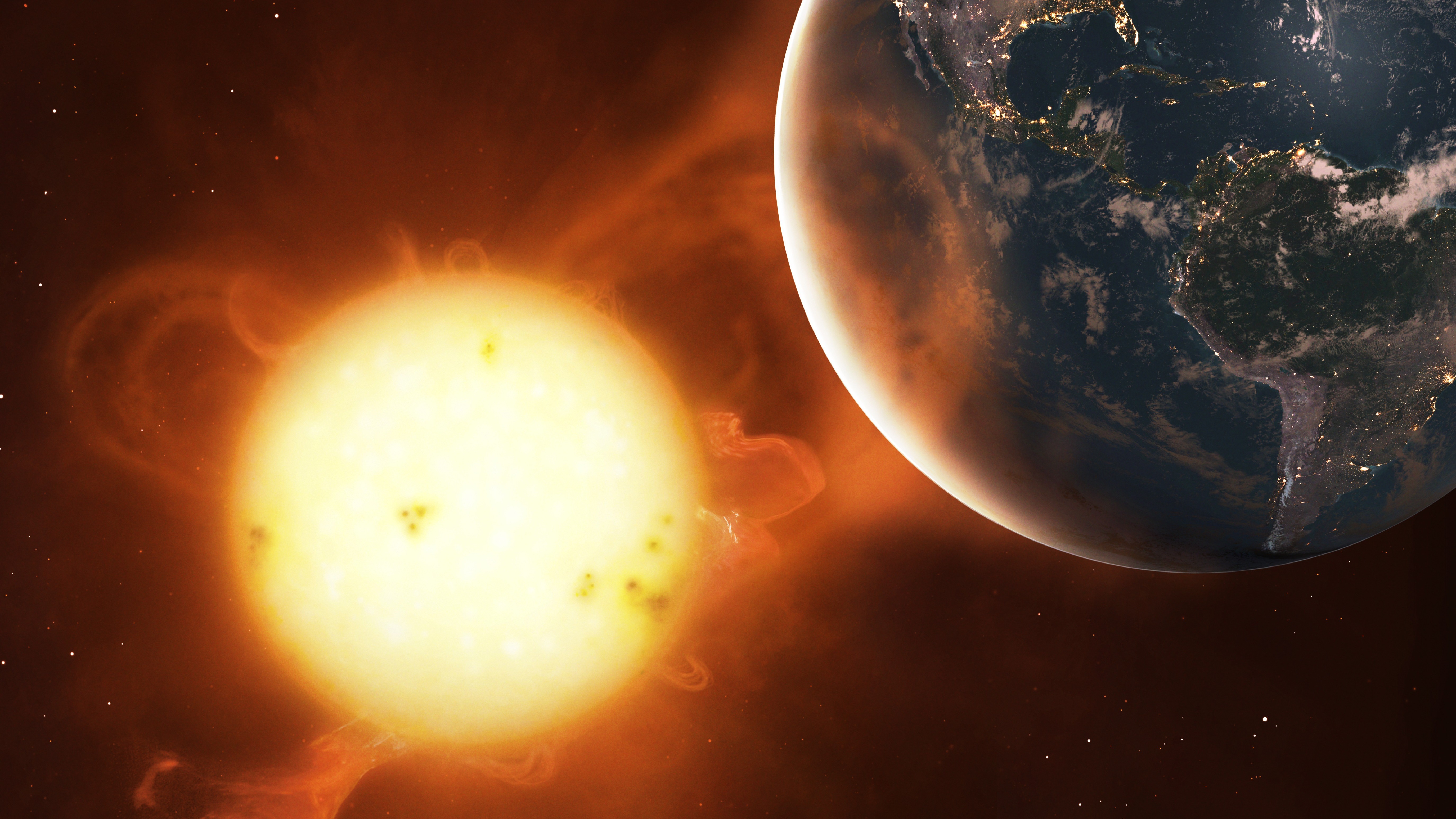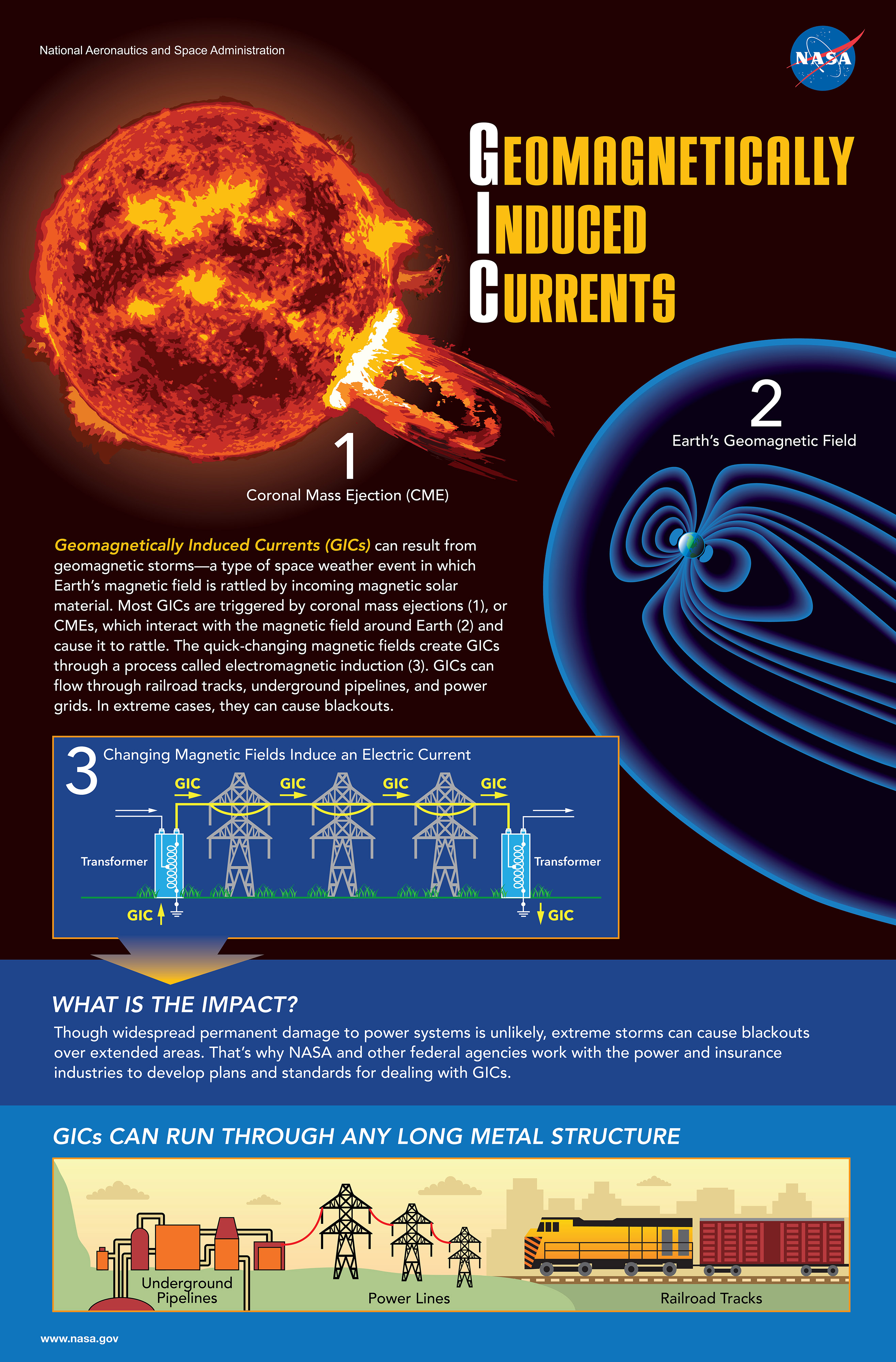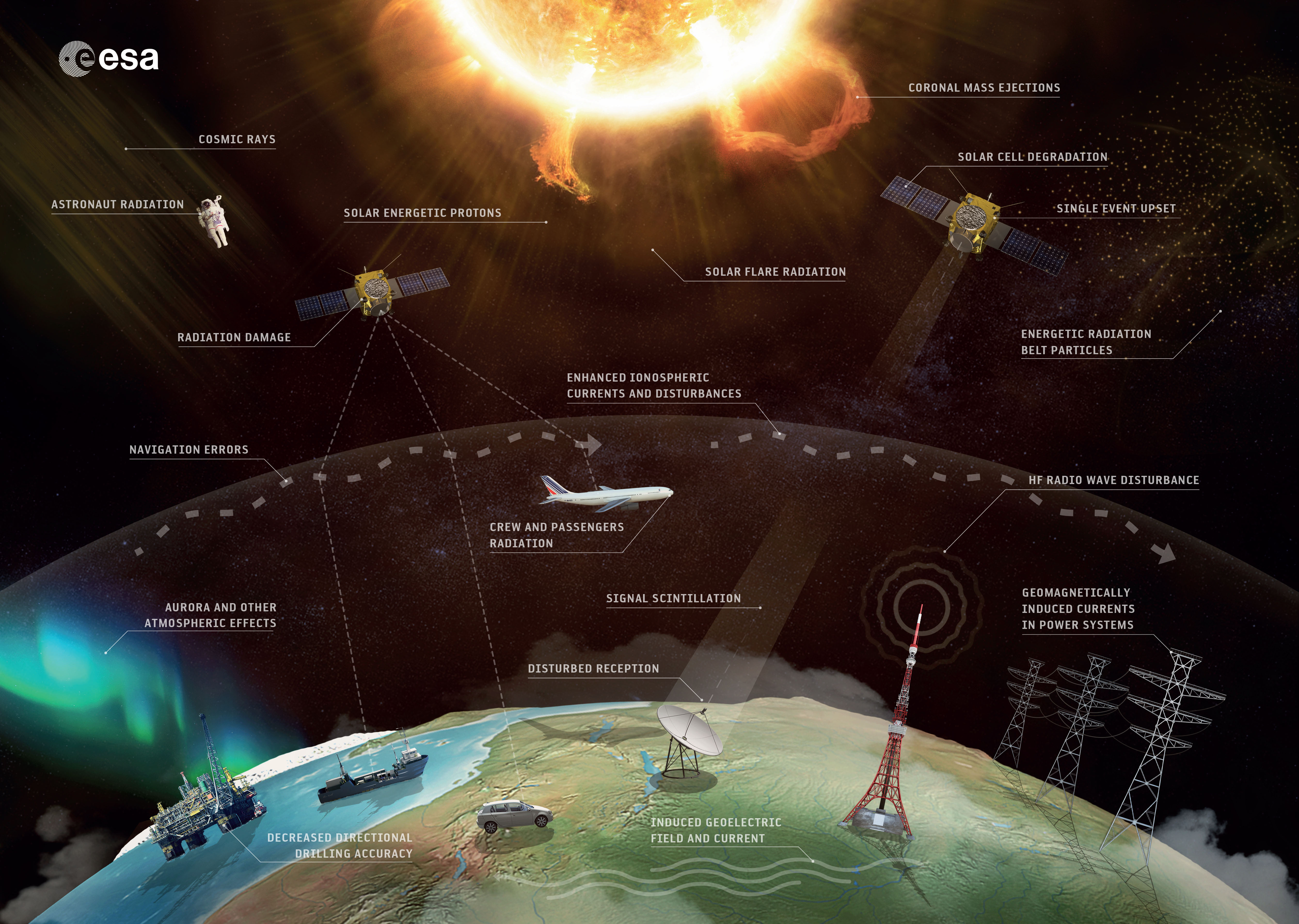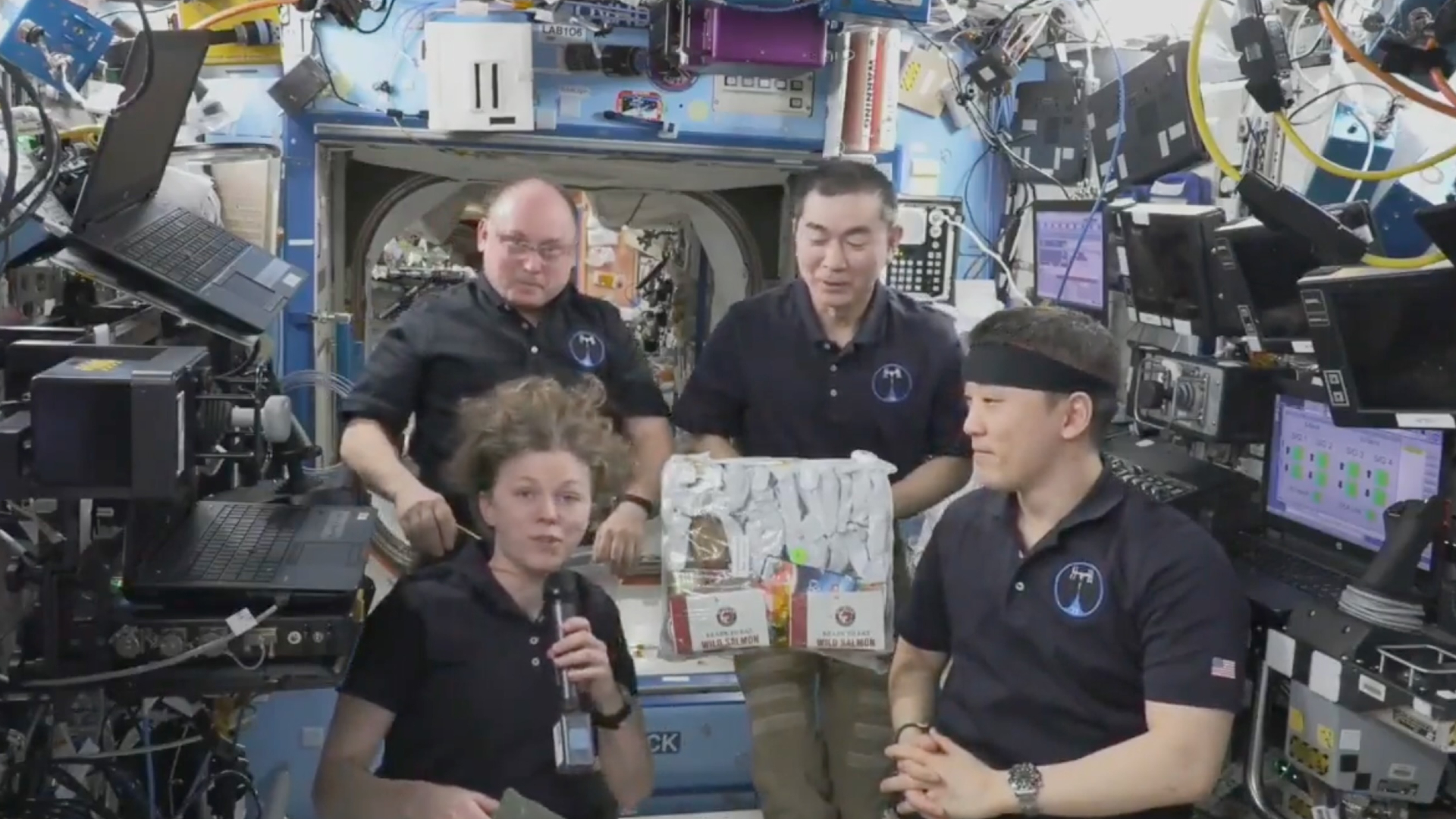No, solar storms didn't crash Spain's internet — but here's what they can do
'I think it is quite clear that space weather was not the cause of the dramatic power outage in Spain recently'

On May 20, just weeks after power outages swept across the Iberian Peninsula, mobile networks in parts of Spain began to falter.
All too swiftly, the sun was cast as the possible villain.
A flurry of social media posts blamed solar activity for these outages, as space weather can interfere with technology, but only in extreme cases (more on that later). But this time, the sun isn't to blame. Experts say there was no solar activity strong enough around the time of the Spanish outages to explain what happened.
"There were no significant solar events in the 72 to 24 hours preceding the power blackout in Spain [April 28] or the recent comms issue [May 20] solar and astrophysical researcher Scott McIntosh told Space.com.
Experts believe the April outages were triggered by a combination of technical failures, poor grid management, and lack of stable base-load power. The recent network outage on May 20 has been attributed to a major technical fault during a network upgrade by telecommunications company Telefonica.
Scapegoat sun
"I think it is quite clear that space weather was not the cause of the dramatic power outage in Spain recently, as many rumors suggested," solar physicist Pål Brekke told Space.com.
More specifically, no major solar flares or coronal mass ejections (CMEs) were detected in the days leading up to Spain's May 20 mobile outages or earlier power blackouts across the Iberian Peninsula.
Breaking space news, the latest updates on rocket launches, skywatching events and more!
Solar flares are sudden bursts of electromagnetic radiation — a form of energy that includes radio waves, microwaves, X-rays, gamma rays and visible light — from the sun's surface. They can reach Earth in just over 8 minutes and can affect radio and GPS signals. Conversely, a CME is a massive cloud of plasma and magnetic field ejected from the sun into space. CMEs travel far slower, taking about 1 to 3 days to reach Earth. If they hit our planet, they can trigger geomagnetic storms when the charged particles within the CME plume interact with Earth's magnetosphere. These geomagnetic storms can, in turn, lead to widespread auroras, disrupt low Earth orbit satellites and affect power grids.
In general, Spain's latitude makes it unlikely to be affected by space weather.
Countries closer to Earth's magnetic poles are more vulnerable to geomagnetically induced currents (GICs) — electric currents that flow through power lines, pipelines and even railway tracks during space weather events like CME impacts.
For example, Canada, northern Europe, and Scandinavia are more likely to experience the effects of GICs, as they are closer to the North Magnetic Pole, where Earth's magnetic field is more easily disturbed (which is also why these regions are popular with aurora chasers). By contrast, Spain's more southern latitude (around 40°N) places it farther from the magnetic disturbance zones. This makes blackouts caused by solar storms in Spain unlikely, except in the most extreme cases.
If Spain had experienced a geomagnetic disturbance strong enough to knock out its power grid, it would not have been an isolated event, many other countries would have also been impacted, particularly those close to the magnetic poles.
"The power grids farther north would have been suffering as well since the resulting induced currents are stronger farther north," Brekke told Space.com.
The kind of massive, head-on CME that would trigger a severe geomagnetic storm affecting lower-latitude countries like Spain is exceptionally rare, and if it did happen, it would be preceded by global alerts from agencies like NOAA or ESA.
"The nice thing is that activity on the Sun is monitored with several satellites, and the effects on our atmosphere and the ground are well registered," Brekke explained. "Thus, we can easily go back in the records and see if there were any major eruptions on the Sun or unusual geomagnetic disturbances days before or during this event."
In this case, no such alerts were issued before either of the recent outages in Spain.
What space weather can do
Nonetheless, it's very important to track space weather because all kinds of solar activity can indeed interfere with our technology.
Solar flares can disturb Earth's ionosphere, for instance, briefly disrupting high-frequency radio signals and leading to brief radio blackouts on the daylit side of the planet during the flare event.
Meanwhile, CMEs can trigger geomagnetic storms when they strike Earth's magnetic field. In extreme cases, these storms can induce electrical currents and affect power infrastructure. The last significant geomagnetic storm of May 2024, which caused widespread auroras, had an impact on power grids (albeit a mild one).
"Far more 'resilience' has been built into national grids since the last major solar-driven event in 1989 in Quebec," McIntosh said.
Satellites in low Earth orbit (LEO) can experience increased atmospheric drag during solar storms as Earth's upper atmosphere heats and expands. This was seen during the 2022 Starlink incident, where 40 satellites were lost due to the phenomenon.
Geosynchronous satellites that sit in a higher orbit around our planet may also suffer some damage from solar particles, but this is uncommon. "Geosynchronous orbiting satellites have some space weather vulnerability but [they are] well shielded," McIntosh said.
Bottom line
While it's tempting to blame the sun when technology fails, there simply wasn't any space weather activity powerful enough to explain the recent Spanish outages. The real threat from solar storms lies in rare, extreme events — and those are closely monitored by scientists around the world.

Daisy Dobrijevic joined Space.com in February 2022 having previously worked for our sister publication All About Space magazine as a staff writer. Before joining us, Daisy completed an editorial internship with the BBC Sky at Night Magazine and worked at the National Space Centre in Leicester, U.K., where she enjoyed communicating space science to the public. In 2021, Daisy completed a PhD in plant physiology and also holds a Master's in Environmental Science, she is currently based in Nottingham, U.K. Daisy is passionate about all things space, with a penchant for solar activity and space weather. She has a strong interest in astrotourism and loves nothing more than a good northern lights chase!
You must confirm your public display name before commenting
Please logout and then login again, you will then be prompted to enter your display name.


